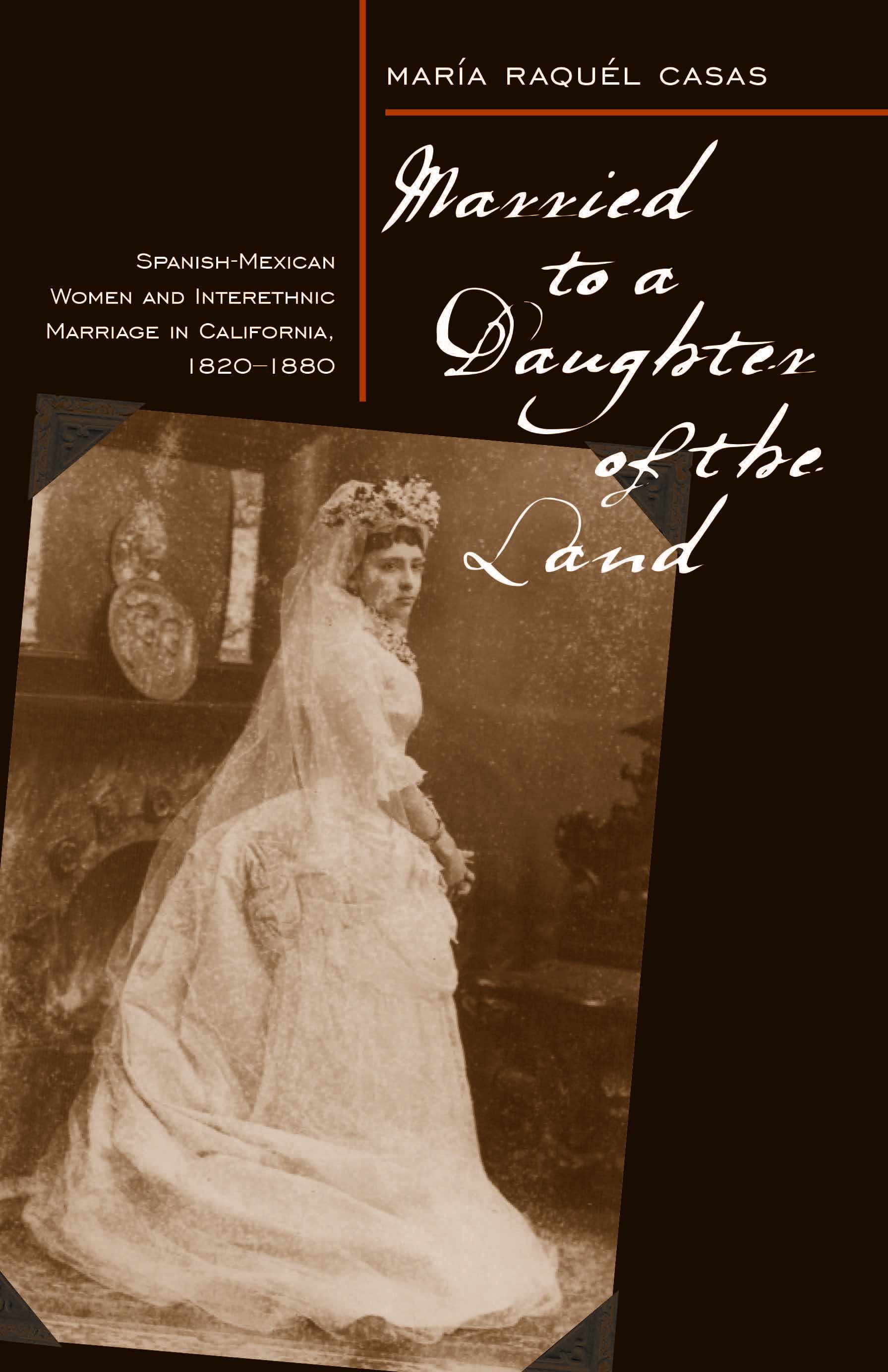Thinking about Race, Sexuality, and Marriage: A Roundtable on Peggy Pascoe’s What Comes Naturally
American Historical Association
124th Annual Meeting
Friday, 2010-01-10, 08:30-10:30 PST (Local Time)
Manchester Grand Hyatt San Diego
Manchester Ballroom D (Hyatt)
San Diego, California
Thinking about Race, Sexuality, and Marriage: A Roundtable on Peggy Pascoe’s What Comes Naturally
Chair:
Eileen Boris, Professor of History, Chair and Professor of Feminist Studies
University of California, Santa Barbara
Commentator:
Vicki L. Ruiz, Chair and Professor of History
University of California, Irvine
.jpg)
Sponsored by the AHA Working Group for Historical Perspectives on Same-Sex Marriage
Panel Discussion
Kristin Celello, Assistant Professor of History
Queens College, City University of New York
For the past several decades, historians have argued effectively that far from being stable and unchanging until the social upheavals of the 1960s and 1970s, marriage–as a legal and social institution–has changed in significant ways over the course of American history. Pascoe’s book reminds us that race must necessarily be integrated into this discourse, contending not only that who has had access to marriage has varied but also that the state has played a crucial role in the creation of marital “norms.”
Panel Discussion
Matt J. Garcia, Associate Professor of American Civilization, Ethnic Studies and History
Brown University
Given the ascendancy of
Obama and claims by media that we have arrived in a “post-Racial” era with his election,
this book reminds us that such moments have come before in court cases concerning interracial unions and did not result in the end of race and racism that has been associated with these relationships. Pascoe’s book, in other words, contributes to an evolving history of interracial relations, a subject that will have increasing interest as children of this generation go to college. I plan to talk about the future audiences for her book by reflecting on my teaching the history of interracial relations and mixed race people over the last ten years.
Panel Discussion
Valerie Matsumoto, Associate Professor of History
University of California, Los Angeles
Peggy Pascoe‘s landmark work raises questions regarding post-World War II changes not only in the dominant US society but also within East Asian American communities, which had their own strong preferences for endogamous marriage. Her research also draws attention to the roles played by Asian Americans in confronting old racial structures, as embedded in law. Challenges to miscegenation laws in the US West were mounted by Nisei such as Noriko Sawada Bridges and Harry Oyama during the critical period of Japanese American community reconfiguration and rebuilding after World War II. I will consider how the Japanese American community’s understandings of racialization shifted in this era; I will also examine perceptions of interracial marriage within the ethnic community.
Panel Discussion
Jessica Millward, Assistant Professor of History
University of California, Irvine
I suggest that the implications of Peggy Pascoe‘s work on miscegenation laws stretch beyond the geographical setting of the West, and the temporal setting of the Progressive era, and signal key points of inquiry among scholars of African American Women’s history writ large. In particular, I focus on laws of slavery and manumission in 18th and 19th centuries. Laws governing manumission held particular ramifications for enslaved African American women as they used their consensual and non-consensual relationships with owners, and consensual relationships with free black men to access freedom for themselves and their children. I suggest that laws governing manumission served as precursors to miscegenation laws in the 20th century. Likewise, I suggest that “marriage” and uplift constituted a range of definitions based on the particular angle of vision of African American women in both slavery and in freedom.



.jpg)